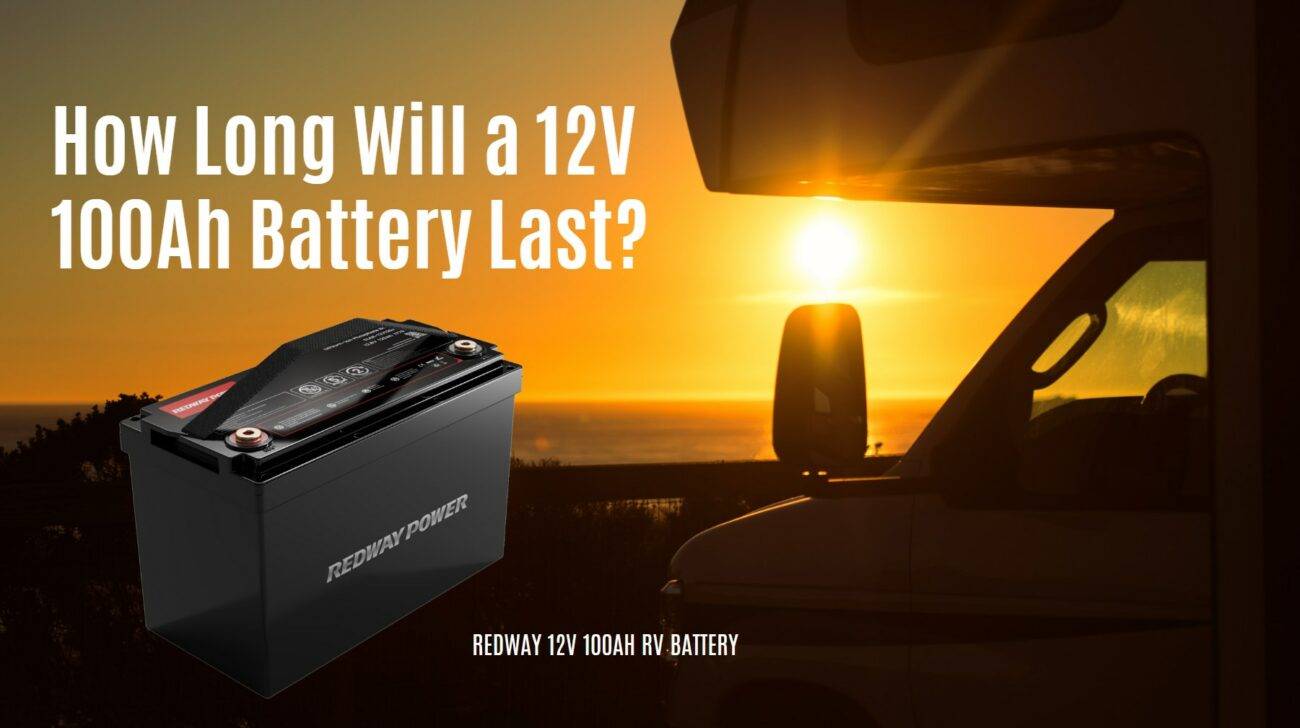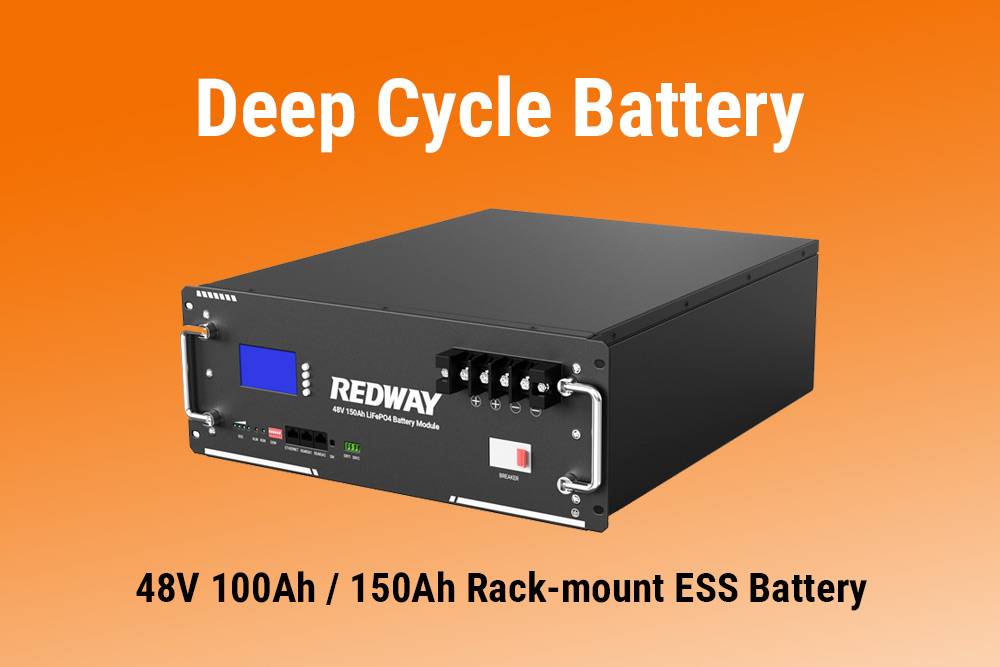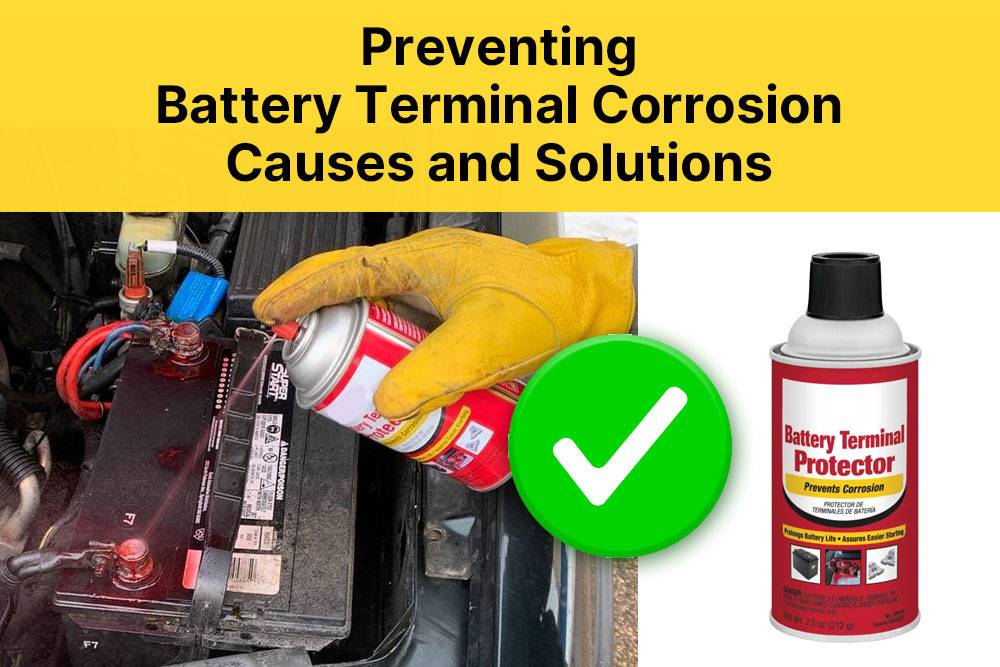
Blog
When Should You Charge Your 12V Lead Acid Battery?

Knowing when to charge your 12V lead acid battery is crucial for maintaining its performance and longevity. A good rule of thumb is to recharge the battery when its voltage drops below 12.4 volts. Regular charging helps prevent sulfation and ensures that the battery remains in optimal condition.
What Voltage Indicates That a 12V Lead Acid Battery Needs Charging?
A 12V lead acid battery should be recharged when its voltage falls below 12.4 volts. At this voltage, the battery is considered partially discharged and may not effectively power devices. A fully charged lead acid battery typically reads between 12.6 to 12.8 volts.Chart: Voltage Levels for 12V Lead Acid Batteries
| Voltage Reading | Charge Level |
|---|---|
| 12.6 – 12.8 V | Fully Charged |
| 12.4 – 12.5 V | Approximately 75% |
| 12.3 V | Approximately 50% |
| 12.0 – 12.2 V | Approximately 25% |
| Below 12.0 V | Discharged |
How Can You Tell If Your 12V Lead Acid Battery Is Low on Charge?
In addition to voltage readings, you can identify a low charge by observing:
- Performance Issues: Devices powered by the battery may operate sluggishly or not at all.
- Physical Signs: Swelling or leakage can indicate internal damage due to over-discharging.
- Charging Time: If the battery takes longer than usual to charge, it may indicate that it’s not holding a charge effectively.
Why Is It Important to Charge Your Lead Acid Battery Regularly?
Regular charging of your lead acid battery is essential for several reasons:
- Prevention of Sulfation: Leaving a lead acid battery discharged for extended periods can lead to sulfation, which reduces capacity.
- Extended Lifespan: Consistent charging helps maintain optimal health, increasing the overall lifespan of the battery.
- Reliable Performance: Keeping the battery charged ensures that it can deliver power when needed without unexpected failures.
When Should You Recharge a 12V Lead Acid Battery After Use?
Recharge your 12V lead acid battery immediately after use, especially if it has been significantly discharged. Ideally, you should recharge it within 24 hours of use to prevent sulfation and maintain its health.
How Do Temperature and Usage Affect Charging Frequency?
Temperature and usage patterns significantly impact how often you should charge your battery:
- Temperature Effects:
- High temperatures can increase self-discharge rates, requiring more frequent charging.
- Low temperatures can reduce charging efficiency; thus, batteries may need more time on the charger.
- Usage Patterns:
- Frequent deep discharges (using more than 50% of capacity) necessitate more regular charging.
- Light usage may allow for longer intervals between charges.
Chart: Effects of Temperature on Charging Frequency
| Temperature Range | Effect on Self-Discharge Rate |
|---|---|
| Below 0°C | Increased discharge rate |
| Optimal (20°C – 25°C) | Normal discharge rate |
| Above 30°C | Increased discharge rate |
Can You Overcharge a 12V Lead Acid Battery?
Yes, overcharging a 12V lead acid battery can cause significant damage:
- Gassing: Excessive charging leads to hydrogen gas production, which can cause pressure buildup and potential rupture.
- Heat Generation: Overcharging generates heat, which can warp or damage internal components.
- Reduced Lifespan: Continuous overcharging can shorten the overall lifespan of the battery.
To avoid overcharging, use a charger with an automatic shut-off feature or one that includes multi-stage charging capabilities.
Tips for Battery Wholesale Buyers
When purchasing batteries wholesale or making OEM orders, it’s crucial to choose a reliable manufacturer like Redway Power, which has over thirteen years of experience in lithium battery manufacturing. They offer various lithium-ion products that serve as excellent alternatives to lead-acid batteries. To make OEM orders effectively:
- Research potential suppliers thoroughly.
- Request samples to evaluate quality.
- Discuss customization options based on your needs.
- Ensure clear communication regarding specifications and delivery timelines.
Redway Power Expert Views
“Understanding when to charge your 12V lead acid battery is vital for ensuring its longevity and reliability,” states an expert from Redway Power. “By monitoring voltage levels and adhering to proper charging practices, users can maximize their batteries’ performance.”
FAQ Section
- When should I charge my 12V lead acid battery?
Recharge your battery when its voltage drops below 12.4 volts, ideally within 24 hours after use. - What happens if I overcharge my lead acid battery?
Overcharging can lead to gassing, heat generation, and reduced lifespan due to damage from excessive pressure. - How often should I check my battery’s voltage?
It’s advisable to check your battery’s voltage regularly, especially before long trips or heavy usage. - Can temperature affect my charging frequency?
Yes, high temperatures increase self-discharge rates while low temperatures may reduce charging efficiency; both factors should be monitored.
















